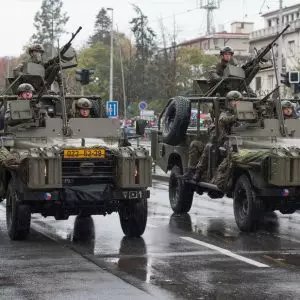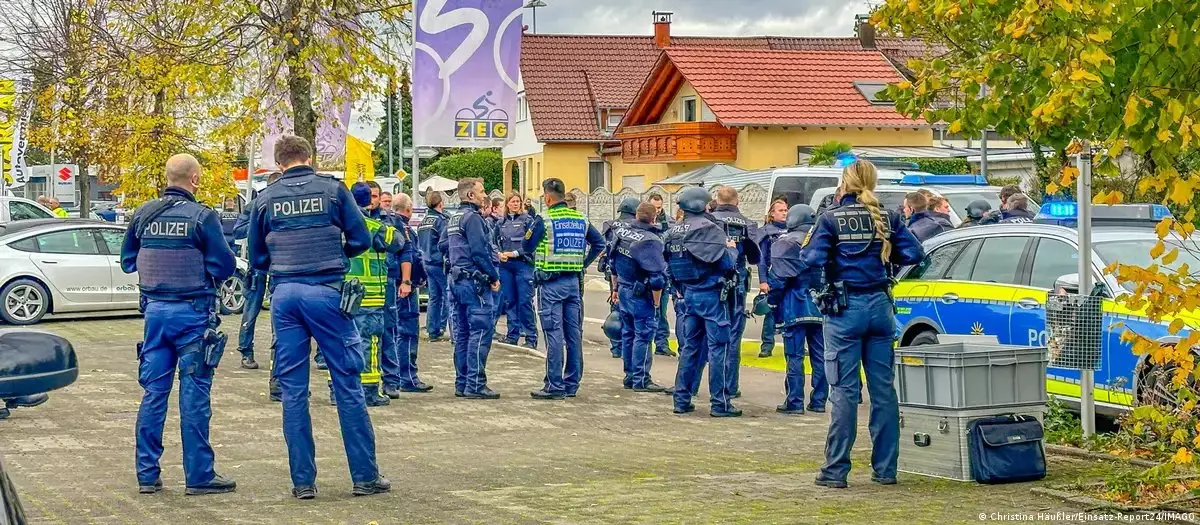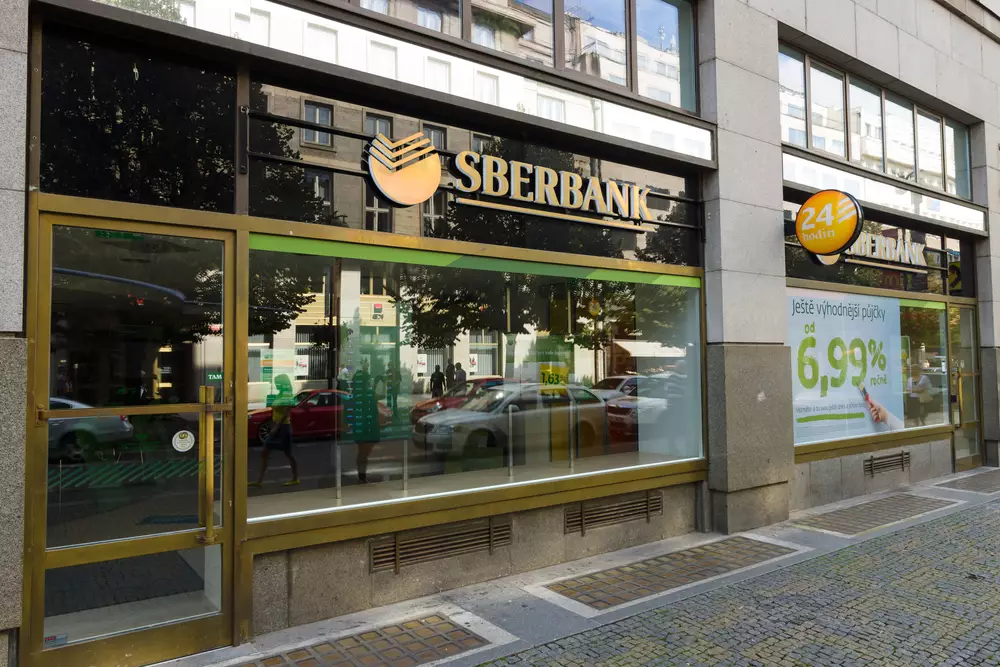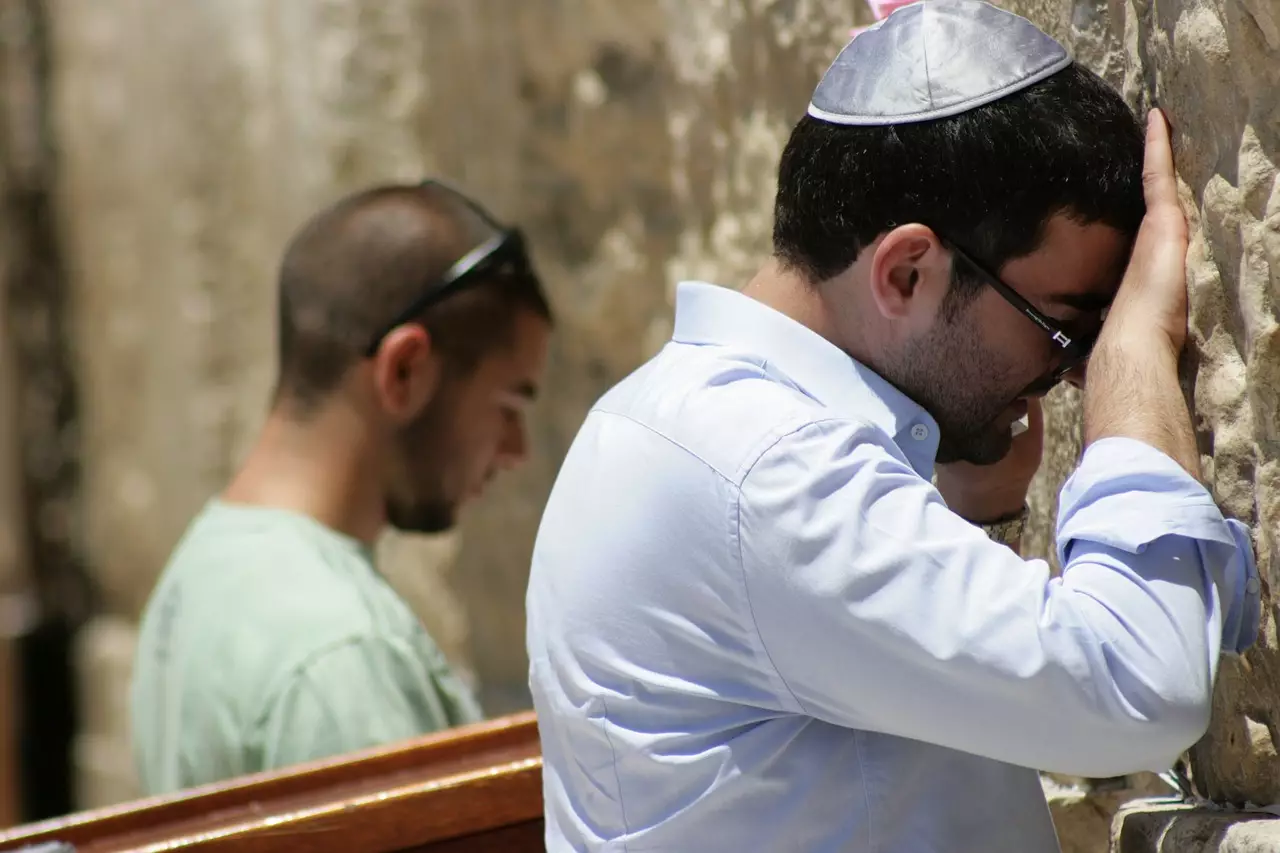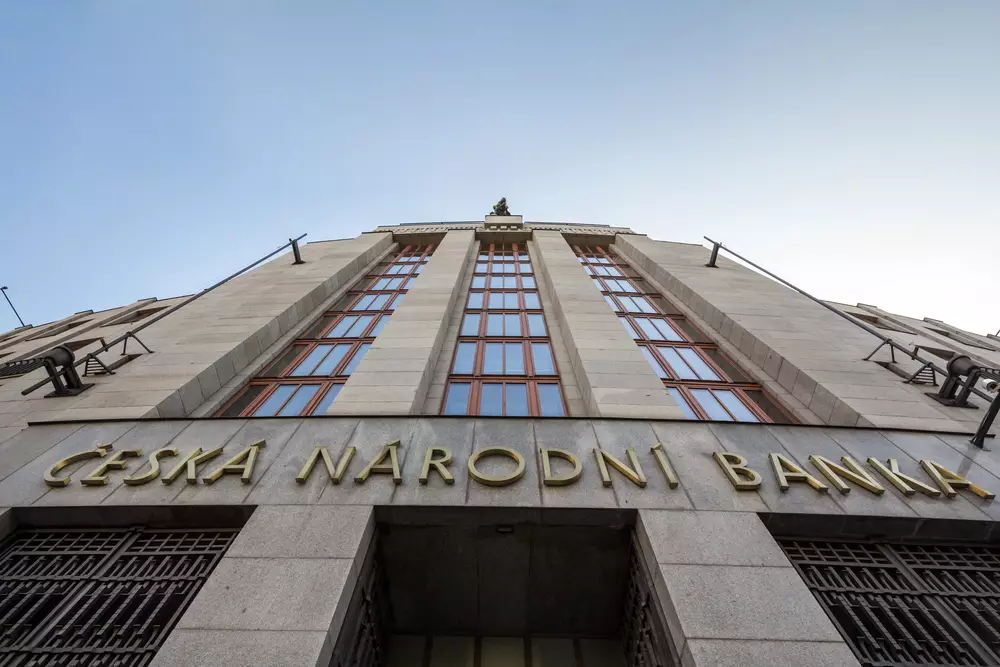People who have been saving up found a new way of protecting their money during the bank crisis. They withdraw money from their bank accounts and deposit them in bank safe deposit boxes. “Our clients have started putting money in safe deposit boxes instead of a bank account because of the financial crisis,” said UniCredit spokesman Tomáš Pavlík.
The same happens in Raiffeisenbank. “Demand grew especially in the fourth quarter of last year when concerns occurred regarding stability of the Czech banking sector,” said the bank’s spokesman Tomáš Kofroň. Clients choose a safe deposit box for security reasons. If the bank goes bankrupt, the client is only eligible to get up to EUR 100,000 from his bank account deposit and anything exceeding the limit goes to bankrupt assets. Whereas assets deposited in a safe box do not become part of the bankruptcy proceedings and the client therefore gets the entire deposit back.
However, clients lose a percentage of their savings if keeping money in a safe deposit box. If the client deposits CZK 100,000 to a safety box for one year with an annual fee of CZK 5,000, he will end up with only about CZK 93,000 after paying the fees and taking into account this year’s estimated inflation.
Time deposit accounts would not depreciate the client’s deposits; he would get about as much as he deposited.
Prices vary for bank safe deposit boxes
Annual fees for renting a safe box in a bank range from hundreds to thousands of crowns. There is a big difference in the prices of safe boxes. Rental fees vary depending on the size of a box and the listed prices in banks are without the VAT.
For example, a monthly rental fee at UniCredit Bank ranges from CZK 60 to CZK 210 depending on the size. The bank’s spokesman Tomáš Pavlík said the favourable annual rental fee is ten times higher.
Česká spořitelna clients pay from CZK 280 to CZK 1,500 for renting a safe deposit box annually. The bank’s spokeswoman Kristýna Havligerová said the largest safe boxes cost CZK 10,000 annually. The largest ones are available only in Prague. Raiffeisenbank clients pay from CZK 1,000 to CZK 5,000 for a safe deposit box annually.
The rental fee in Komerční banka also depends on the value of deposited assets. KB’s Michal Teubner said, depending on the size of the box, clients pay annually from CZK 3,000 to CZK 12,000 if the value of deposited assets is within CZK 10 million; if it is above this limit, the prices are negotiable.
Bankers agree the highest demand for safe deposit boxes is in Prague. “Demand is generally higher in bigger cities, where we almost run out of capacity, while the clientele is lower in smaller towns,” said Teubner.
People also use the safe deposit boxes for valuables. “It is not a commonly used service; it is used by a couple of hundreds of clients especially those who are afraid to keep their valuables like cash and valuable pieces of art at home,” said Tomáš Kofroň. ČSOB’s Irena Zatloukalová said clients are not permitted to deposit dangerous items like weapons or explosives. Items deposited in a safety box do not become the bank’s property but remain the client’s assets. “The content of the box is insured against damage and loss up to CZK 1 million. But the insurance only covers a loss of deposited items, not a possible bankruptcy of the bank. If the bank goes bankrupt, the client gets the entire deposit back,” said Kofroň. Some banks, including Komerční banka and UniCredit Bank, provide the service only for their clients. Non-clients must first open a bank account.


